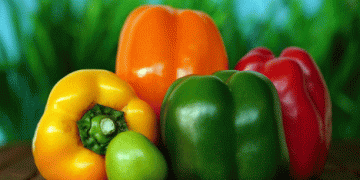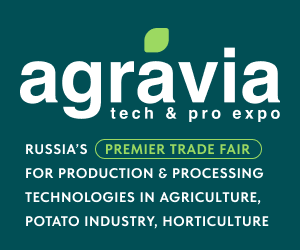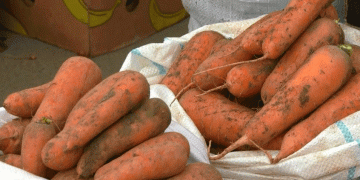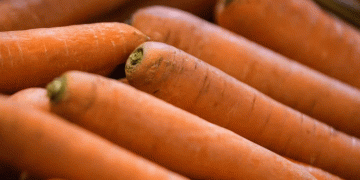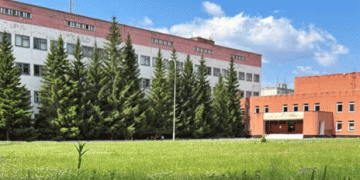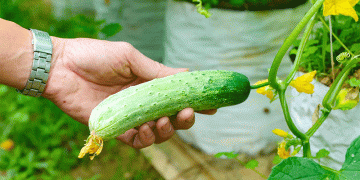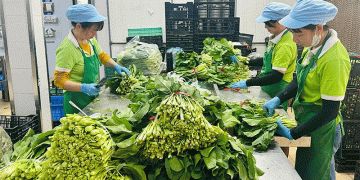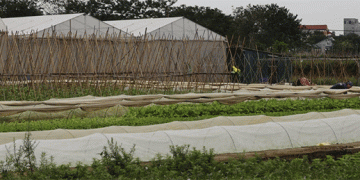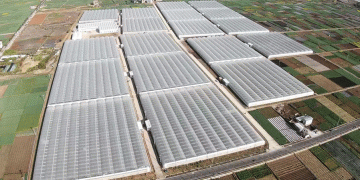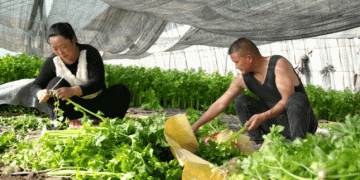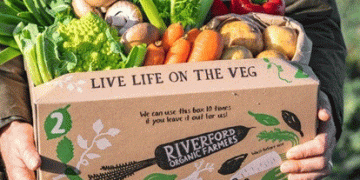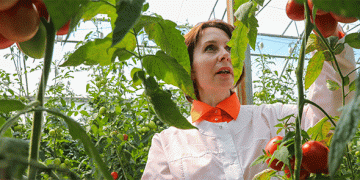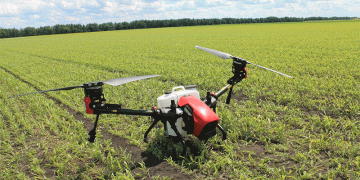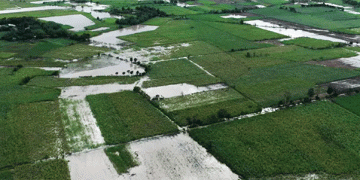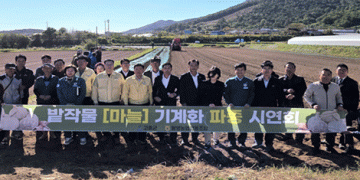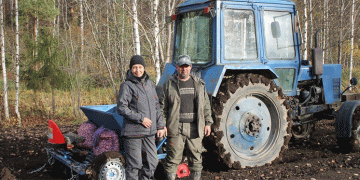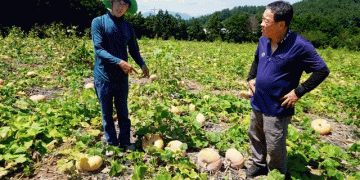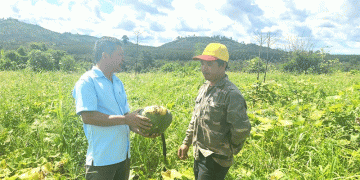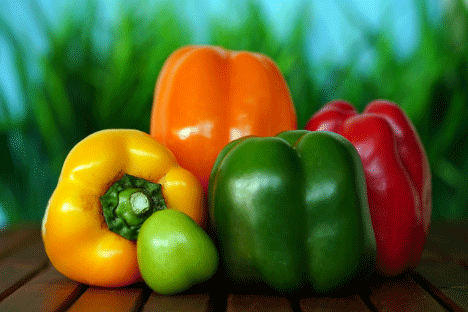Over the past decade, the bell pepper industry has witnessed notable shifts in producer prices across key cultivating countries, particularly Spain, the Netherlands, Morocco, and Turkey. Data compiled by Hortoinfo.es from FAOStat reveals that in 2014, Dutch bell pepper producers received an average of €0.94 per kilogram, while their Spanish counterparts earned €0.70 per kilogram—a 34.28% advantage for Dutch farmers. By 2023, this disparity had significantly reduced to just 6.15%, with Dutch producers receiving €1.38 per kilogram and Spanish producers €1.30 per kilogram.
In contrast, Moroccan and Turkish bell pepper producers have consistently received lower prices. In 2023, Moroccan farmers earned an average of €0.39 per kilogram, approximately 70% less than Spanish producers. Turkish producers received €0.64 per kilogram, about 50.8% less than their Spanish counterparts.
These figures underscore the competitive dynamics within the bell pepper market. The narrowing price gap between Spain and the Netherlands suggests increased competitiveness of Spanish producers, potentially due to advancements in cultivation techniques, supply chain efficiencies, or changes in market demand. Conversely, the persistent price disparities faced by Moroccan and Turkish producers highlight challenges in accessing higher-value markets or achieving comparable production efficiencies.
The bell pepper market demonstrates significant regional variations in producer prices. While Spanish producers have made strides in closing the price gap with their Dutch counterparts, Moroccan and Turkish farmers continue to face substantial price disadvantages. Addressing these disparities may require targeted investments in agricultural practices, infrastructure, and market access to enhance competitiveness and profitability for producers in these regions.
